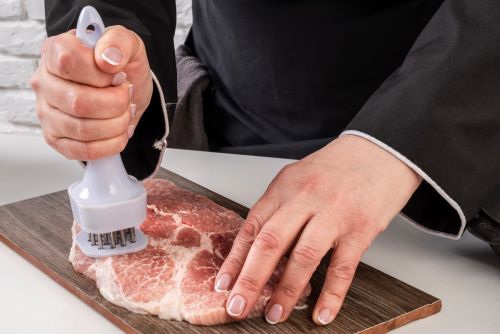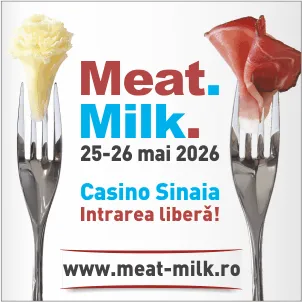132

Meat consumption in the European Union is undergoing a period of gradual yet structural adjustment, driven by economic factors, demographic changes, and shifts in lifestyle. According to Eurostat and FAO data for 2023–2024, the average total meat consumption in the EU ranges between 64 and 68 kg per capita, with significant differences between Western and Eastern member states. Poultry remains the dominant segment, surpassing both pork and beef consumption— a trend also confirmed in the FAO–OECD outlook for 2025.
Rising food prices between 2022 and 2024 have prompted part of the population to shift toward more affordable products, reflected in moderate growth in poultry consumption and stagnation or slight decline in red meat categories. The same pattern is visible in medium-income EU countries, where purchasing power directly influences dietary preferences.
European Commission reports on agricultural markets highlight that, in 2024–2025, demand is stabilizing, but consumption is becoming increasingly diversified. Processed products with clearly communicated nutritional profiles are gaining popularity, while certain urban segments are adopting flexitarian patterns that reduce red meat intake without eliminating animal products entirely. OECD notes that this evolution represents a gradual adjustment rather than an abrupt shift in eating habits.
For processors, these trends require direct adaptation in production structures. Poultry meat demands investments in modern slaughtering capacities and energy efficiency, while pork and beef must be repositioned through an emphasis on quality, controlled origin, and reduced environmental footprint. According to the European Commission’s assessments, the meat industry must strengthen its competitiveness through technological innovation, digital traceability, and uniform safety standards.
For the European meat sector, the period 2025–2027 will bring additional cost pressures, but also opportunities for operators capable of adapting quickly to the preferences of an increasingly informed consumer, focused on products with clear nutritional profiles and full traceability.
(Photo: Freepik)





